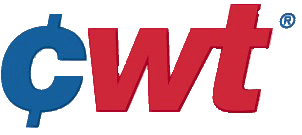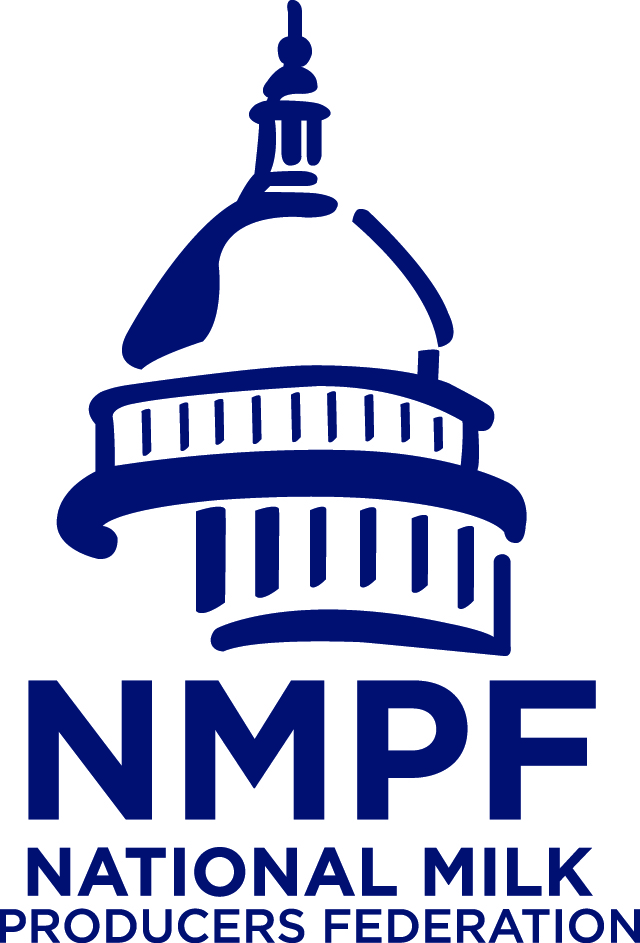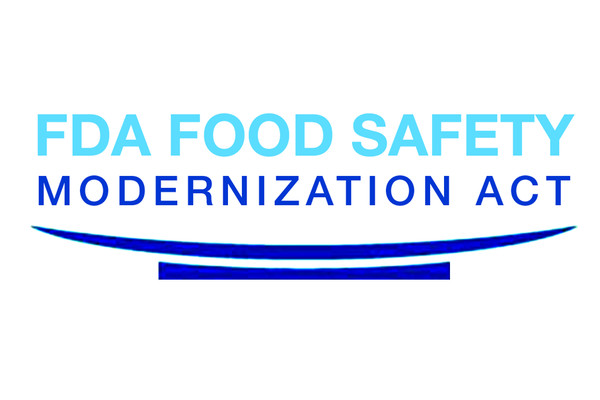One of the key focus areas of NMPF across its 100-year history has been the development and advocacy of federal policies ensuring Americans have access to the best nutrition possible, through a diet that features daily consumption of dairy products. This emphasis has generated benefits both for farmers and consumers.
As 2016 unfolds, we’re once again in the middle of a campaign to remind policy makers in Washington that dairy foods provide an unparalleled package of nutrients that delivers quantifiable benefits to all Americans.
The latest chapter in the nutrition policy story began unfolding over the last couple of years, as the federal Dietary Guidelines for America were revised. The advisory committee charged with updating those guidelines received input from a variety of stakeholders, including NMPF, where our dairy science expertise provided a clear, credible and convincing message that foods including milk, yogurt and cheese need to be singled out in the dietary advice for their critically important role in human health.
Working with other dairy industry stakeholders, including the venerable National Dairy Council, we submitted extensive comments detailing why the key nutrients in dairy are so crucial. The recently-issued report of the U.S. Dietary Guidelines Advisory Committee noted that “vitamin D, calcium, potassium and fiber are under consumed and may pose a public health concern.” The first three of these nutrients are found in abundance milk. In fact, milk is a major source of nine important nutrients in the human diet that are hard to replace with other foods, even the dairy imitations that some people naively assume are a suitable substitute for real milk.
Fortunately, when the final version of the Dietary Guidelines was released in January, the recommendations didn’t waver in their endorsement of three servings a day of milk, yogurt and cheese. While the USDA tends to focus its “foods to encourage” directive on fruits and veggies, as well as whole grains, the fact is that dairy foods are also woefully under-consumed by most age groups in America. The need for more servings of dairy is just as acute as is the need for more broccoli and bananas. NMPF will continue to work in 2016 with the nutrition experts at the Department of Agriculture to ensure that the high-impact, low-cost advantages of dairy nutrition are not lost amid the discussion of other foods which we need to eat more of.
Shortly after the latest guidelines were released early in the New Year, Congress also turned its focus to deliver optimal nutrition through federal feeding programs. Just as the Dietary Guidelines for Americans are refreshed every five years, the Child Nutrition Act, which governs key programs such as school meals and the Women, Infants and Children (WIC) supplemental nutrition programs, must likewise be reauthorized every five years. That process was supposed to be concluded last fall on Capitol Hill, but child nutrition policies stirred controversy between the public health and public school communities, leading to delays in the effort.
Even while pitched battles have ensued over the best way to deliver more produce and whole grains, NMPF has urged the USDA to rethink its treatment of flavored milk. In 2012, USDA removed 1% flavored milk from the school lunch line. This was done even though we told them it was a mistake that would lead to a decline in school milk consumption, and despite the fact that the 2010 Dietary Guidelines encouraged the consumption of low-fat flavored milk to help kids get proper nutrition.
Unfortunately, after that change our concerns were realized: milk consumption in schools declined. From 2012 to 2014, schools served 187 million fewer half-pints of milk, even as total public school enrollment grew during that period. Low-fat white milk is still allowed under USDA regulations, but the loss of low-fat flavored milk is a blow to school lunch participation, and ultimately, to the health of the kids served by USDA feeding programs. NMPF and its allies have reminded policymakers of the consequences of that change. In fact, Agriculture Secretary Tom Vilsack, during a hearing last summer on Capitol Hill, noted that if offering a low-fat flavored option would encourage kids to drink more milk, “we should do that,” he said.
The good news is that Congress’s work on the Child Nutrition Act represents a chance to reverse this situation. The Senate Agriculture Committee recently approved a comprehensive nutrition bill that directs the USDA to review milk consumption in both school meal and other feeding programs, and make necessary adjustments to promote greater consumption of milk as recommended by the DGA. The House is also considering legislation to address the issue.
The fact is that the composition of our diets has been a political hot potato for some time. The intense focus on the Dietary Guidelines, and the congressional emphasis on child nutrition, reflect larger societal concerns about everything from sugar and sodium, to sustainability and climate change. Policymakers have to negotiate this dietary minefield, and every decision seems to have a critic. While the new guidelines still reflect the now 40-plus years of demonization of fat, they do contain some incremental improvements.
The good news for the dairy community is that experience demonstrates time and again that milk, in its many forms, is a cost-effective, enjoyable and potent source of nutrition – for children, and their elders. Our role – refined repeatedly over the decades – is to remind the “experts” about these facts, with the understanding that the next generation does not automatically have the same appreciation for dairy foods as those in the past.

 NMPF’s Cooperatives Working Together members gained 37 contracts in January to sell 4.288 million pounds of cheese, 2.866 million pounds of butter and 1.866 million pounds of whole milk powder to customers in Asia, Central America, the Middle East, North Africa, Oceania and South America. The product will be shipped from January-July 2016.
NMPF’s Cooperatives Working Together members gained 37 contracts in January to sell 4.288 million pounds of cheese, 2.866 million pounds of butter and 1.866 million pounds of whole milk powder to customers in Asia, Central America, the Middle East, North Africa, Oceania and South America. The product will be shipped from January-July 2016.
 The U.S. government has set a goal to conclude trade talks with the European Union on the Trans-Atlantic Trade and Investment Partnership (TTIP) by the end of this year. NMPF, USDEC and the International Dairy Foods Association joined last month to meet with the inter-agency team of the U.S. Trade Representative, Department of Agriculture, and Food and Drug Administration, in order to reiterate the importance of focusing TTIP non-tariff dairy discussions on the $1 billion dairy trade deficit between the U.S. and the EU. The united industry message reinforced what dairy organizations have insisted is essential from the outset of TTIP: streamlining and simplifying the EU’s dairy certification requirements by securing approval of the safety of the U.S. dairy system and an accompanying commitment to avoid introducing unwarranted new import requirements.
The U.S. government has set a goal to conclude trade talks with the European Union on the Trans-Atlantic Trade and Investment Partnership (TTIP) by the end of this year. NMPF, USDEC and the International Dairy Foods Association joined last month to meet with the inter-agency team of the U.S. Trade Representative, Department of Agriculture, and Food and Drug Administration, in order to reiterate the importance of focusing TTIP non-tariff dairy discussions on the $1 billion dairy trade deficit between the U.S. and the EU. The united industry message reinforced what dairy organizations have insisted is essential from the outset of TTIP: streamlining and simplifying the EU’s dairy certification requirements by securing approval of the safety of the U.S. dairy system and an accompanying commitment to avoid introducing unwarranted new import requirements.
 The U.S. Dairy Export Council (USDEC) and National Milk Producers Federation (NMPF) continued to play an active role in the Trans-Pacific Partnership (TPP) trade agreement process this week, as USDEC President Tom Suber testified before the U.S. International Trade Commission (USITC) representing the U.S. dairy industry.
The U.S. Dairy Export Council (USDEC) and National Milk Producers Federation (NMPF) continued to play an active role in the Trans-Pacific Partnership (TPP) trade agreement process this week, as USDEC President Tom Suber testified before the U.S. International Trade Commission (USITC) representing the U.S. dairy industry. The National Milk Producers Federation is now accepting applications for its National Dairy Leadership Scholarship Program for academic year 2016-2017.
The National Milk Producers Federation is now accepting applications for its National Dairy Leadership Scholarship Program for academic year 2016-2017. This January marks the start of NMPF’s 100th year of leadership and advocacy on behalf of America’s dairy farmers. A century ago, dairy farmer leaders gathered in Chicago to create a cooperative organization to tackle the policy challenges they faced. Today, 100 years later, the specific objectives may have changed, but the need for an industry-wide collaborative effort has not.
This January marks the start of NMPF’s 100th year of leadership and advocacy on behalf of America’s dairy farmers. A century ago, dairy farmer leaders gathered in Chicago to create a cooperative organization to tackle the policy challenges they faced. Today, 100 years later, the specific objectives may have changed, but the need for an industry-wide collaborative effort has not. NMPF staff have received Lead Instructor training from the Food Safety Preventive Controls Alliance (FSPCA) to become instructors for the FSMA Preventive Controls for Human Food rule.
NMPF staff have received Lead Instructor training from the Food Safety Preventive Controls Alliance (FSPCA) to become instructors for the FSMA Preventive Controls for Human Food rule.



